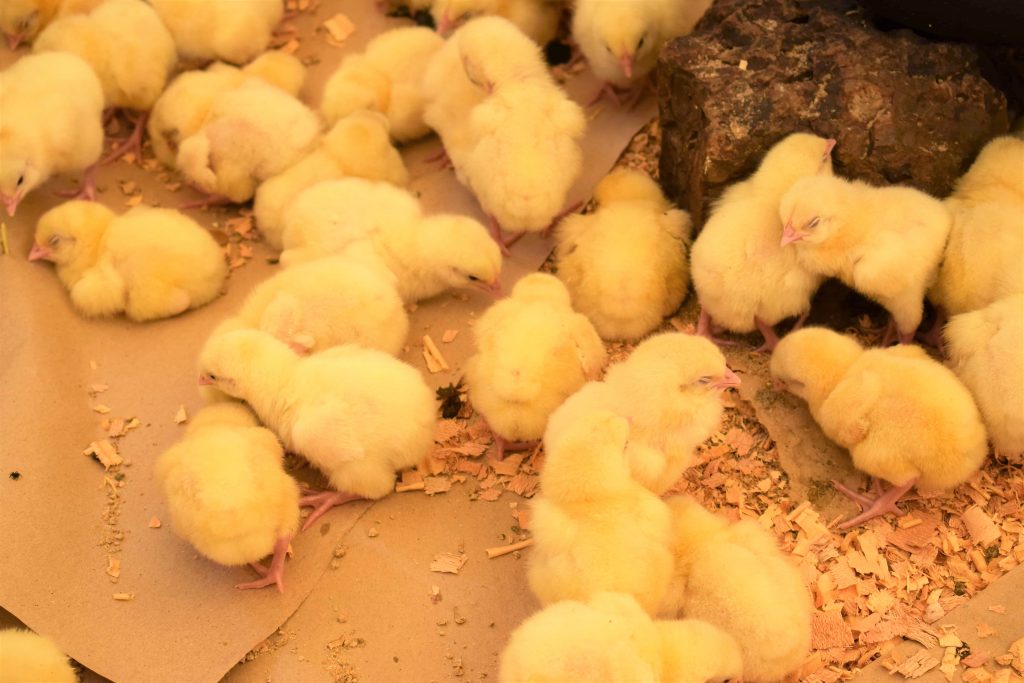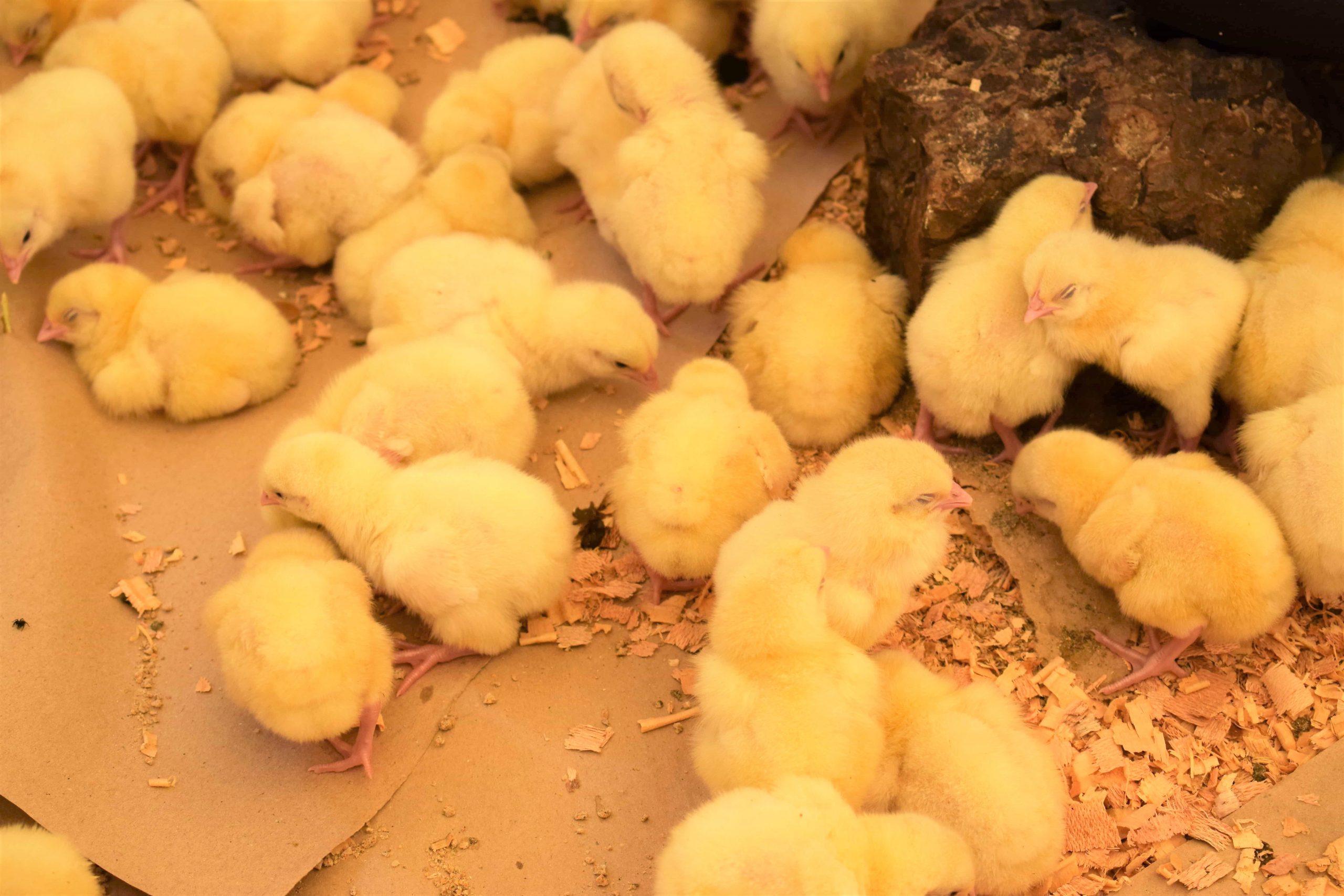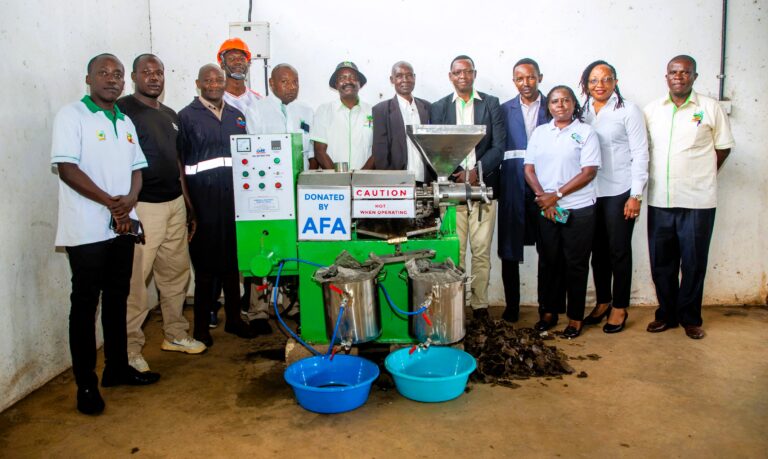Facts about indigenous chicken
- Meat and eggs are tastier and preferred by most consumers to those obtained from commercial breeds.
- Initial investment is less than that needed to keep commercial breeds.
- More tolerant of harsh conditions, including diseases, than commercial breeds
- Can be fed on cheap, locally available feeds.
- When allowed to range freely, they need little feeding or other care.
- Women and youth often control income from chickens.
- Local markets are readily available for both eggs and chickens.
- Droppings are rich in nutrients: can be used for compost making, pond fertilizing and as feed for livestock.

Selection of the breeding stock
• Select a hen that is broody, does not abandon her eggs during hatching and looks after her chicks well.
• Select a healthy, strong cock
Housing
- House should be raised to protect birds from predators.
- Perches should be provided in the house for chicken to roost on at night.
- The house should be well ventilated.
Feeding
- Provide a balanced diet. For example, a small handful of maize, a teaspoonful of local fishmeal and some fresh greens, in addition to scavenged feeds like insects, will provide a good diet for one chicken in a day
- Provide clean water at all times.
Collecting the eggs
- Provide a safe, dry, dark place for the hens to lay.
- Collect eggs daily, write the date on the egg in pencil and store with the broad end facing upwards: this helps to ensure the embryo develops properly.
Hatching
- Use only eggs that were laid in the last 14 days.
- Hatch eggs using the mother hen, another broody hen, a (surrogate) duck or an incubator.
- For hens and ducks, make sure the number of eggs chosen for hatching corresponds to the bird’s body size – all eggs must fit under the bird
- For synchronized hatching (all chicks hatch at the same time), delay the first hen that becomes broody by giving it just one egg to sit on while you wait for other hens to lay their clutches and become broody.
- For successive hatching (the hen or the surrogate duck sits on eggs for two consecutive clutches), chicks are removed when they hatch and replaced with new eggs.
- After hatching, dispose of egg shells, clean the nest and transfer chicks to a brooder.
- Turn the eggs regularly, especially when using an incubator.
Brooding
- Brood chicks using a mother hen, foster hen, a lantern, kerosene brooder, charcoal stove or charcoal placed in a metal container.
- If a foster hen is used, condition it for a day by giving it new chicks
- Where a lantern brooder or other heat source is used, place it in a cardboard box with ventilation holes
- Take care that chicks cannot get burned by covering charcoal stoves or containers, ensuring that there is no risk of fire.
Rearing chicks
• Provide clean water at all times in shallow, clean troughs.
• Provide soft feeds like flour from cereals or tubers.
• Allow chicks to roam freely when they reach 3 or 4 weeks of age.
• Vaccinate chicks against Newcastle disease at 4 days of age.
Record keeping
- Keeping good records will help you to assess whether or not you are making a profit.












